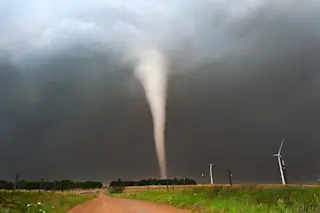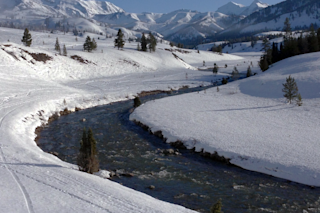A landmark 2018 study found that the location of tornado activity in the United States has changed. Since 1979, fewer tornados have occurred in some portions of the central and southern Great Plains, while more have occurred in the Midwest and Southeast.
Much of the press coverage of this research referred to the phenomenon as an eastward “shift,” with headlines such as, “Tornado Alley is Shifting East.” But Harold Brooks, a research meteorologist at the National Oceanic and Atmospheric Administration's National Severe Storms Laboratory and co-author of the 2018 study, says "shift" is not quite the right word. He prefers to call it an expansion. The area getting slightly fewer tornadoes — parts of Texas, Oklahoma and Colorado — is much smaller than the area seeing an increase, he explains.
Brooks also points out that it’s important to grasp the details of this expansion. The areas getting more tornadoes already ...















